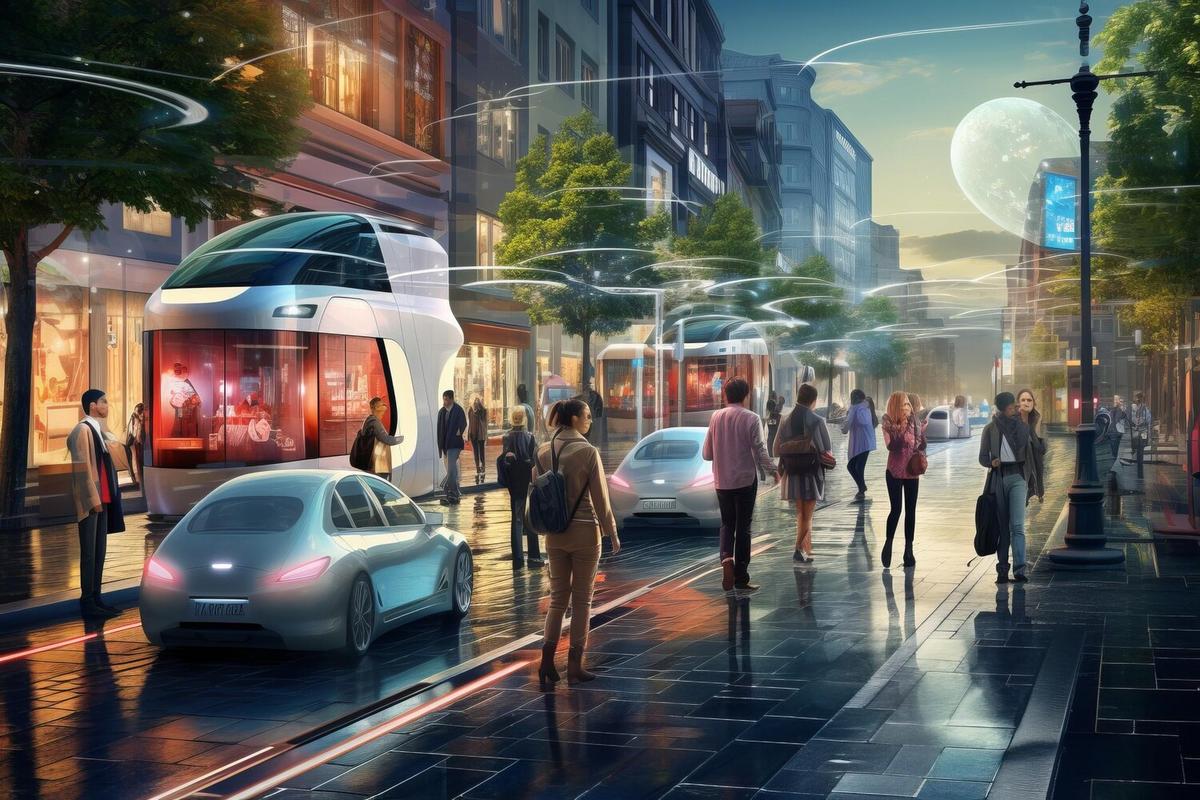
The Role of Artificial Intelligence in Advancing Autonomous Driving Technology
Artificial Intelligence (AI) is reshaping the future of transportation, particularly through its pivotal role in advancing autonomous driving technology. As the automotive industry accelerates towards self-driving vehicles, AI emerges as the driving force behind this transformation, promising to revolutionize how we navigate our roads.
The Evolution of Autonomous Driving with AI
AI has been the cornerstone of advancements in autonomous vehicles (AVs). At its core, AI processes vast amounts of data from the vehicle’s sensors, enabling real-time decision-making crucial for safe and efficient driving. The integration of AI facilitates features such as lane-keeping, adaptive cruise control, and obstacle detection.
Expert Insights
Experts like Elon Musk have highlighted AI’s potential in achieving full self-driving capabilities. Similarly, Dr. Daniela Rus, Director of the Computer Science and Artificial Intelligence Laboratory (CSAIL) at MIT, emphasizes the importance of machine learning in enhancing vehicle perception and prediction systems.
Statistics and Research
According to a report by Allied Market Research, the autonomous vehicle market is projected to reach $556 billion by 2026, growing at a CAGR of 39.47% from 2019 to 2026. This growth is largely attributed to the advancements in AI technology.
Personal Anecdotes
Consider the story of Alex, a tech enthusiast who recently took a ride in a self-driving car. The vehicle smoothly navigated through complex urban environments, showcasing the remarkable capabilities of AI-driven systems. Alex’s experience reflects the potential of AI to enhance both safety and convenience in transportation.
Actionable Tips for Embracing AI in Autonomous Driving
- Stay informed about the latest AI developments in autonomous vehicles.
- Consider the ethical implications of AI in transportation.
- Explore opportunities in AI research and development for those interested in contributing to this field.
Comparison Table: AI Features in Autonomous Vehicles
| Feature | Description |
|---|---|
| Lane-Keeping Assist | Helps maintain the vehicle’s position within a lane. |
| Adaptive Cruise Control | Adjusts speed based on the flow of traffic. |
| Obstacle Detection | Identifies and reacts to obstacles on the road. |
| Traffic Sign Recognition | Interprets and responds to road signs. |
| Pedestrian Detection | Recognizes and responds to pedestrians. |
| Automatic Parking | Assists in parking the vehicle autonomously. |
| Collision Avoidance | Avoids potential collisions through automatic braking. |
| Navigation System | Provides route planning and real-time traffic updates. |
Frequently Asked Questions
How does AI improve safety in autonomous vehicles?
AI enhances safety by enabling real-time data processing, which allows vehicles to react promptly to dynamic driving conditions, reducing the risk of accidents.
Are there any legal concerns with AI in autonomous driving?
Yes, the deployment of AI in autonomous vehicles raises legal and ethical questions, such as liability in accidents and the need for regulatory frameworks to ensure safe deployment.
Conclusion: The Road Ahead
AI stands as a transformative force in the realm of autonomous driving, propelling us towards a future where self-driving vehicles are a common sight. As technology continues to evolve, staying informed and engaged with AI developments will be crucial for both consumers and industry stakeholders. Embracing this change can lead to safer, more efficient transportation solutions.


